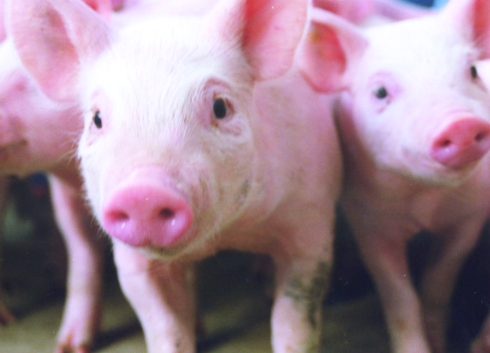Very little is more disheartening to an person dedicated to animals than a mistreated or abandoned animal. Seeing a kitten on the side of the road or a horse without enough to eat can send one into a telephoning frenzy looking for someone — who knows someone — to help.
Our colleagues and friends in the pork world feel the same way. Want proof? Be confident in this belief because okPORK joined hands with a group of like-minded organizations to support the Oklahoma Livestock Relief Coalition.
The responsibility to seize abused and neglected large animals and assure the humane care of the animals falls upon local law enforcement agencies. The mission of the OLRC is to provide a simple way to channel emergency financial support from private individuals and organizations to those local law enforcement agencies.
“I think that by coming together as a group we bring more attention to it,” said Carey Floyd, the OLRC spokesperson. “We make the public aware and we have provided a way for Oklahomans to give help right here.
Oklahoma Gov. Mary Fallin provided her stamp of approval to OLRC at a morning news conference on Monday, January 23. In addition to the governor, the Oklahoma Secretary of Agriculture, Jim Reese, members of the partner organizations and the media gathered in the Blue Room at the Oklahoma State Capital.
“We’ve had a tough summer,” Fallin said. “And it’s been hard on our farmers and ranchers. It’s a great example of the private sector coming together with law enforcement agencies to properly take care of animals.”
The OLRC agrees about the tough summer and drought, so much so they made it part of their mission statement when forming the coalition.
How much do you love animals?
The Oklahoma Livestock Relief Coalition is accepting monetary donations only. Donations may be made through the Oklahoma Veterinary Medical Foundation, a 501(c)(3) at http://www.okvma.org or send to OVMF, PO Box 14521, Oklahoma City, OK 73113. Checks can be made payable to OLRC or OVMF. For more information, please call (405)478–1002.


















